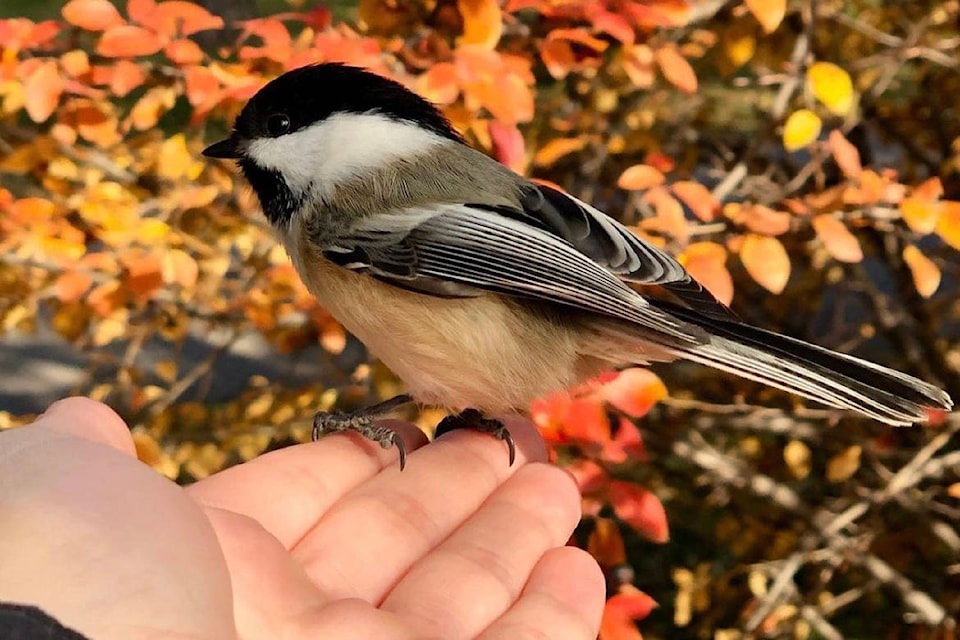As the warm days of spring arrive, flocks of birds are also returning to the Okanagan.
To encourage residents to get outdoors, Regional District of Central Okanagan (RDCO) staff are teaching the basics of birdwatching via the use of free instructional kits.
The birdwatching kits were available at a grab-and-go station set up at the Environmental Education Centre for the Okanagan through spring break.
“We’ve had a lot of interest from people wanting to participate in birding programs for the past year,” said Nicole Kittmer, park interpreter.
“Normally, we would be able to direct in-person activities in our various parks, but we’ve had to get creative with our programming and put those plans on hold because of COVID.”
In the kits, there were foldable plastic binoculars, a field guide with a list of a dozen bird species, directions on how to spot them, and a DIY bird feeder with a pinecone. Approximately 700 kits were handed out, which proved the program to be very successful.
According to Kittmer, the best places for birdwatching will have a wide diversity of ecological features such as different tree species, grassland, mountainous areas, and marshes. She suggests checking out Rotary Marsh Park, Kalamoir Regional Park, Robert Lake Regional Park, and Mission Creek Regional Park.
Birdwatchers can easily follow the provincial health orders in wide-open spaces with a few people in the same social bubble.
The most common species to spot include Canada geese, mallard ducks, finches, sparrows, ravens, crows, and magpies.
“Black-capped chickadees are also a very easy one for people to identify,” said Kittmer.
“They’re really friendly little birds, and they’ll come right up to you. The ‘chickadee-dee-dee’ sound they make is very recognizable, and they’re just very cute with little plump bodies.”
While harder to find, the great blue herons have also started to arrive to find the perfect place to nest.
Residents are encouraged to share their birdwatching photos on social media to @RegionalParks on Instagram and the RDCO’s Facebook Page.
READ MORE: Clean bird feeders regularly, or take them in, B.C. experts warn as salmonella persists
READ MORE: Give a hoot and don’t touch baby birds
